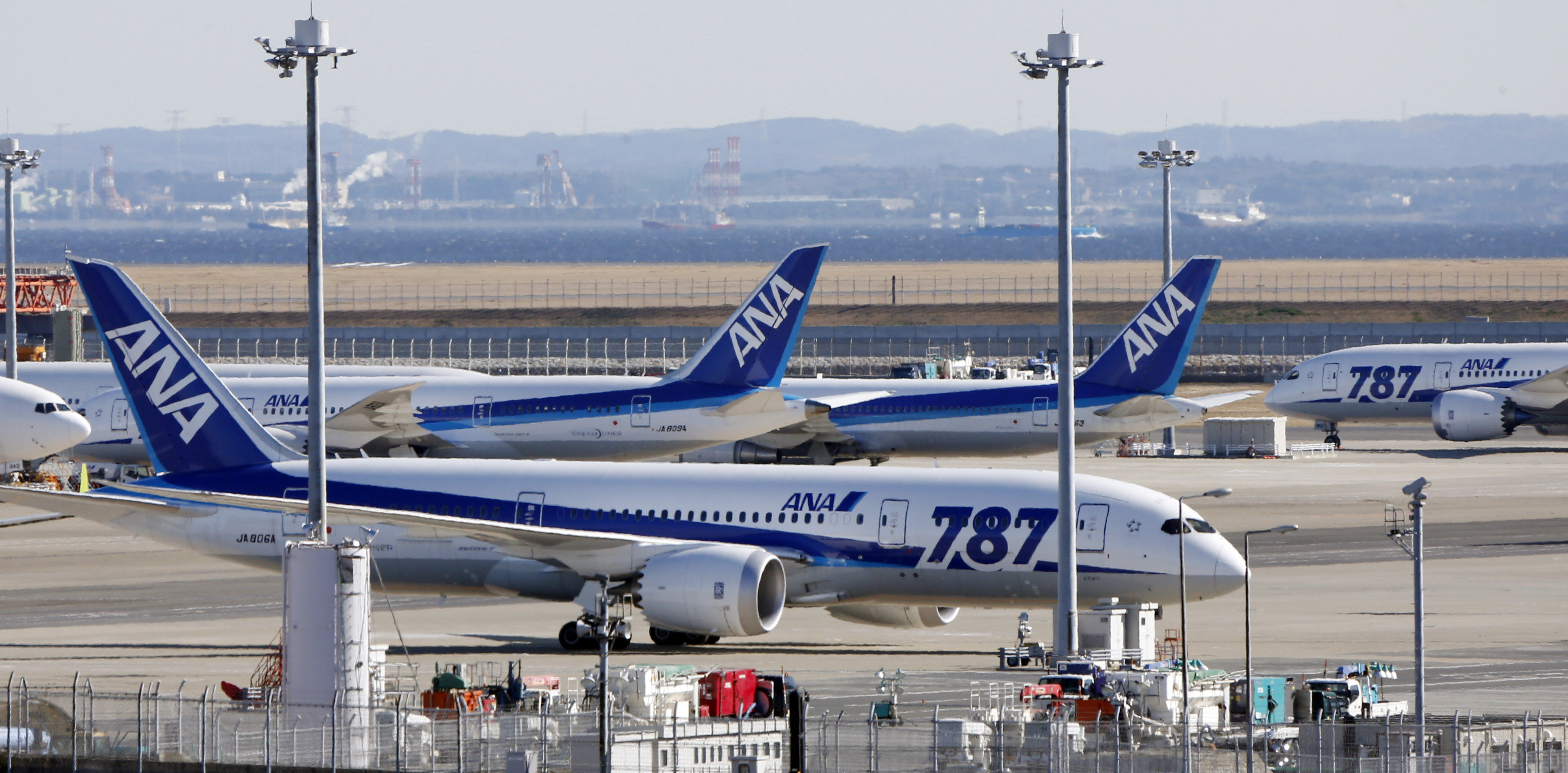As Boeing showed off its multibillion-dollar baby on the Dreamliner's promotional world tour in 2011, one quirky feature was regularly pointed out: a sleekly designed but redundant ashtray, a compliance with regulations laid down in a different age. In the darkest torments of Boeing executives during the 787's past incident-packed weeks, it may have finally appeared of use: somewhere to enjoy the cigarette of the condemned, a quiet smoke to mask the smell of burning battery.
A little over a week ago, America's government and air authorities stood shoulder to shoulder with their top exporter, Boeing, to assure the world that the plane was safe after a string of incidents from fuel leaks, windscreen cracks and battery fires. They still say it — only, right now, that no one should fly in it.
By on Jan. 16, a diagnosis of teething problems was no longer enough. The burning battery was back, and Japanese authorities said the latest incident was "highly serious." Corrosive fluid had leaked down through the state-of-the-art electronics below the cockpit. Hideyo Kosugi, a Japanese safety investigator surveying the All Nippon Airways 787 that had made an emergency landing at Takamatsu Airport, said the stuff had gone right through the floor.


















With your current subscription plan you can comment on stories. However, before writing your first comment, please create a display name in the Profile section of your subscriber account page.